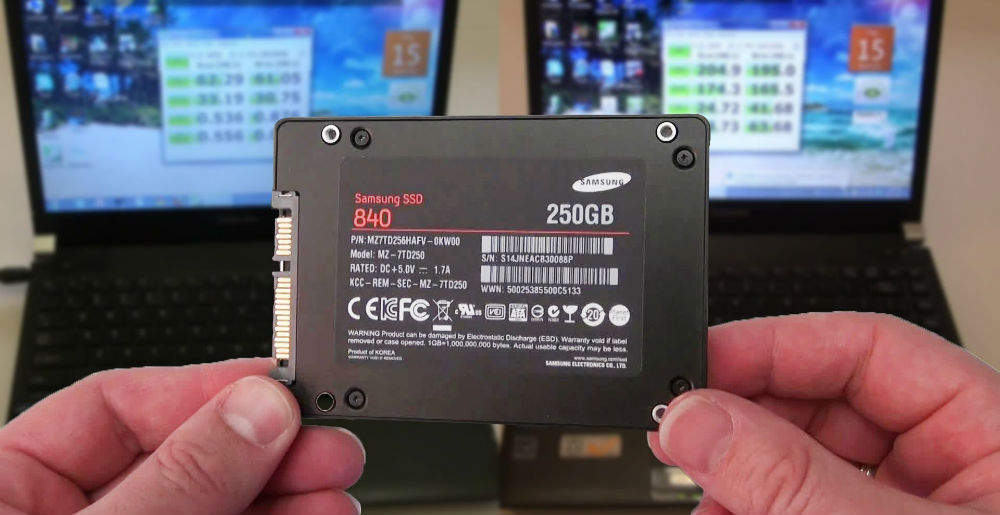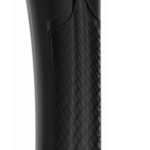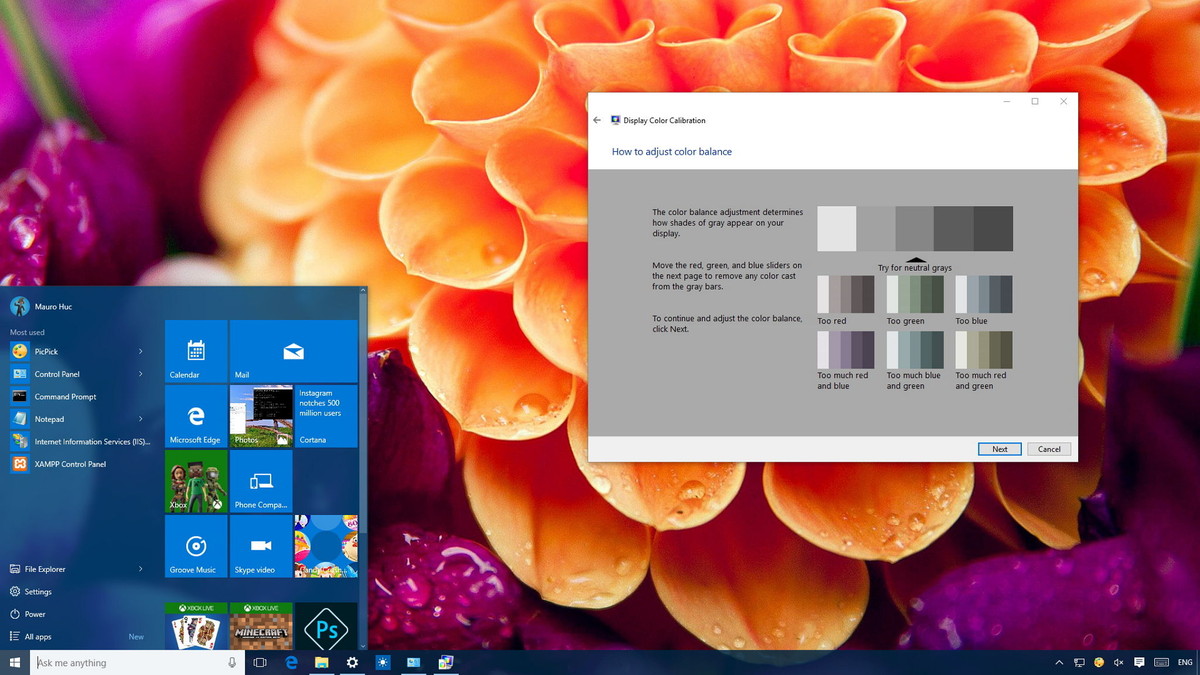What is an SSD in a laptop?
A solid state drive (SSD) is a drive that uses flash memory, making it look like a regular flash drive with a larger size and capacity. Recently, such drives are replacing traditional hard drives, the reason for which is their convenience and almost complete absence of disadvantages, except for some nuances.

The content of the article
SSD in a laptop: what does it mean?
It is a removable drive, the capacity of which can exceed the capacity of the built-in hard drive. For laptops, such drives will be more convenient than a standard hard drive for a number of reasons:
- It will last longer as it bears less load. Also, the built-in disk is sensitive to falls, and if you drop the laptop while loading something, it is very easy to damage the hard drive, although it may not be visible from the outside. In addition, some time may pass between the fall and failure of the disk, which is why the user may not notice the problem in time and may not have time to save the necessary files. In addition, the HDD can be damaged even due to sudden movement, while the SSD in a similar situation will remain intact.
- SSD requires less power. This saves battery power and also reduces charging time.
- If a user travels frequently, he can have several SSD drives, which will allow him to take a separate one or a spare one on each trip. Sometimes you don’t even have to carry a laptop with you to work with personal files if you can use someone else’s.
- An SSD allows you to close the laptop lid at any time and continue working later. In this case, built-in hard drives can slow down, especially if there is little free space. An SSD does not require a reboot or additional operations to clear RAM.

Pros and cons of SSDs
The predominance of advantages over disadvantages makes SSD drives so popular that they can soon displace HDDs or, at least, significantly displace them in the market. Why are they better and what are the pitfalls?
Pros:
- Higher operating speed (compared to railway), which saves time.
- Quiet and light weight.
- No computer slowdown when there is a large amount of occupied memory.
- Additional protection against mechanical damage.
- Compactness and the ability to use the disk like a flash drive with a large amount of memory, using the same data on different computers without the risk of losing it.
- High cost relative to HDD.
- Less wear and tear compared to hard drives.
- Compatible with a small number of operating systems (Windows 8 and higher). SSD also works with older versions, but slowdowns and crashes are possible.
Why do you need an SSD drive?
Previously, SSD drives were used as an additional source of memory in computers and laptops. But over time, they began to gain more popularity and are increasingly used as the main ones.
Reference! Removable media is also convenient for storing important information that is not used frequently (for example, photos, videos and similar files). If necessary, you can use them to expand the available memory in your PC or laptop.
Sometimes such drives store any files that may be needed outside the home, which eliminates the need to carry a heavy laptop with you (and this is especially useful if you only have a PC). For example, this may be convenient for those who work with several computers at once and do not want to constantly resave data from one device to another using a flash drive or cloud storage.
You can also take them on the road: download some TV series or movies onto them to watch them upon arrival at your destination.

Despite the high cost, which in most cases is justified, SSDs are in great demand. They help get rid of many of the inconveniences associated with storing information on a hard drive. Many users of such drives admit that they are a necessary element for them, eliminating many inconveniences.





